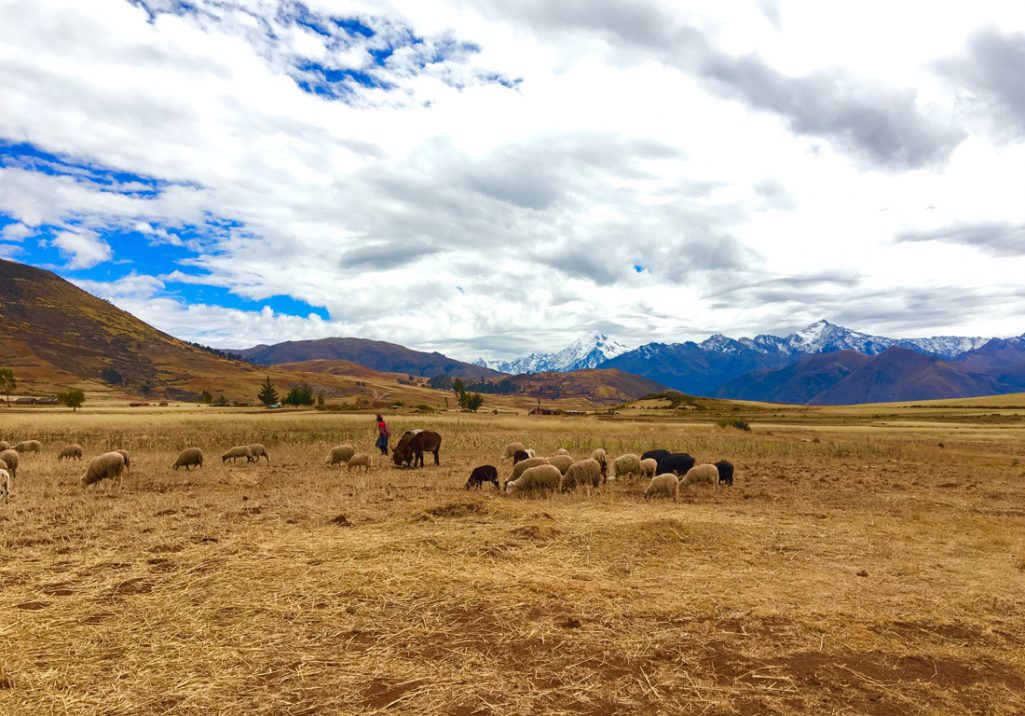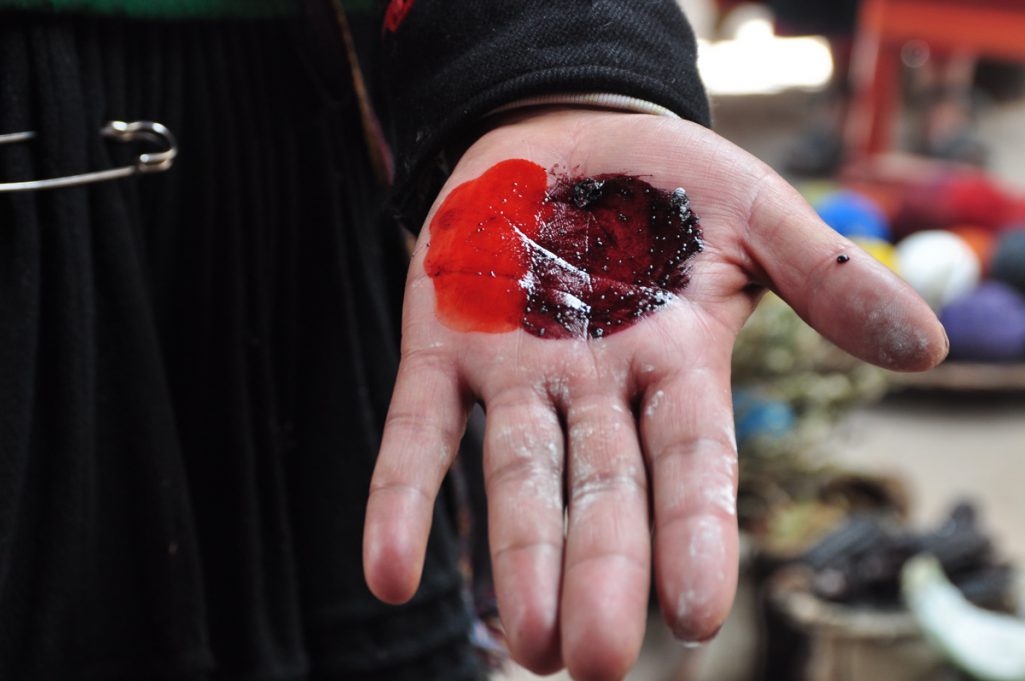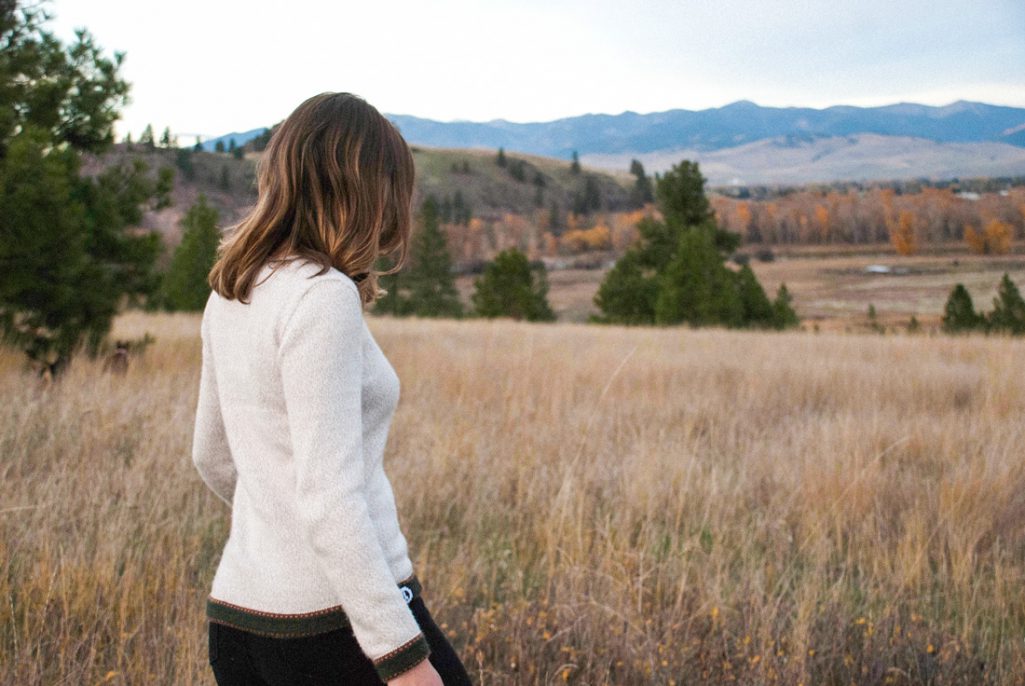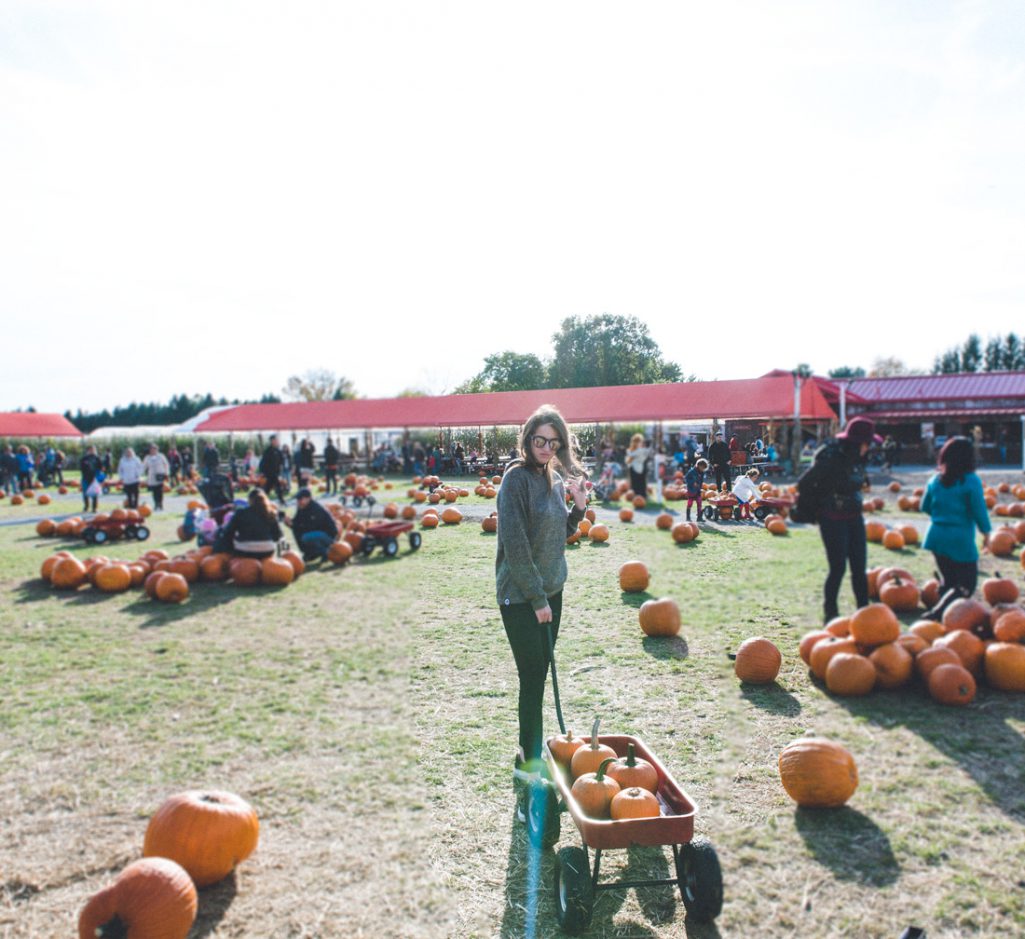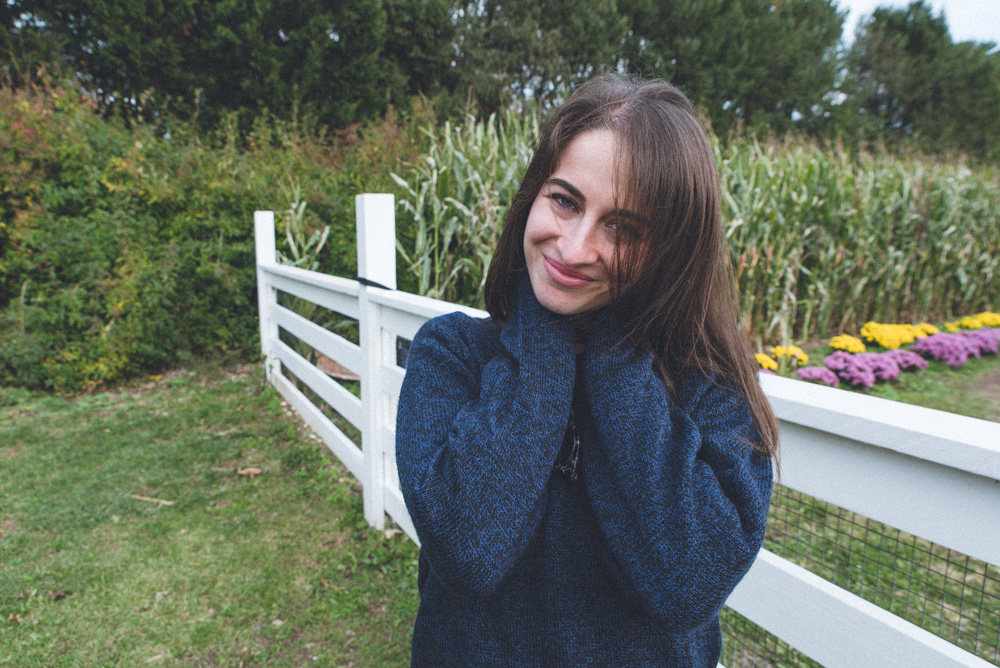That first moment was when I left Cusco around 5 AM.
Words by Kris Cody
Photography by Kris Cody and Mike Greene
I was tired, cranky, and feeling alone as I headed over the Andes on a bus to the Pacific coast. We passed into a more native district, and I watched Peruvian women lugging massive bushels of whatever they’d grown, sewn, or made to sell on the streets that day. I saw their kids sleeping on plastic bags, and for the first time, I cued into their frequency. They did this every morning, and I was complaining about having to wake up early to fall back asleep on a bus. I dozed off thinking of the elderly woman who sold me her handmade alpaca wool sweater…her cracked and weathered hands and the radiance in her face when I bought it.
For the rest of my travels through South America, this memory returned every time I threw on the sweater; it became a token of gratitude. Back in America, people would come up to ask me where I got the sweater. The progression always seemed to follow a loop: I would tell them ‘while I was traveling through Peru…’, and the conversation would turn into a list of things I’d done on my gap year instead of the woman’s hard work. Her lifestyle should have overshadowed my journey, and thus my desire to accurately explain this experience grew.
Paka began when I bought a one-way flight to Cusco this summer. I started scanning local markets for unique designs, communicating with weavers in my rusty Spanish. I was trying to locate the authenticity I’d felt on that bus ride – where the sweater truly came from. I was referred from one person to another, bussing up to nine hours outside of Cusco in search of a name that was written on a sheet of paper. I took a dingy out to an island on Lake Titicaca with a Quechua native to learn about the ancient “Tocapu” designs. I hitchhiked to a town called Chincerro to learn about the alpaca wool dying process. There was a parasite that grew on a cactus, and when crushed, it released a majestic purple. I began to see the sweater as an evolution of knowledge from the Inca, centered around a mutualistic relationship with the people and the Earth. It felt raw and divine.
Three weeks later, I stumbled into a small Cusqueñan shop and met Gregoria, a Peruvian grandmother. She was so proud to introduce me to her family of textile-designers. I’d tried on hundreds of sweaters by then, but this style was different. It fell on my shoulders better than any other piece of clothing. Ideas sparked, and I spent time at their simple, remote home every day. I would cook eggs for the kids while working on designs with the family, and we had the idea of each sweater telling a part of the story.
After months of work, we finished the last prototype three hours before my flight left. I promised them I’d do everything I could to establish Paka in the United States, our whole team was fueled by the potential. I sent them all cell phones to maintain our close-knit communication, and after hundreds of hours of work post-Cusco, we finally launched the company on September 21st.
We’re already bringing more Peruvian women weavers into our team, providing them with the resources to share their talent while they financially empower themselves.
Paka is an example of what’s possible through fair trade, compassion, creativity, and a global network. The origins are pure, genuine to the core, and the product is nothing less than a manifestation of centuries of knowledge, generations of people, and millions of small, interdependent paths, all sewn together by something as simple as a sweater.
Purchase Paka Sweaters
Paka Sweaters on Instagram
Paka Sweaters on Facebook



